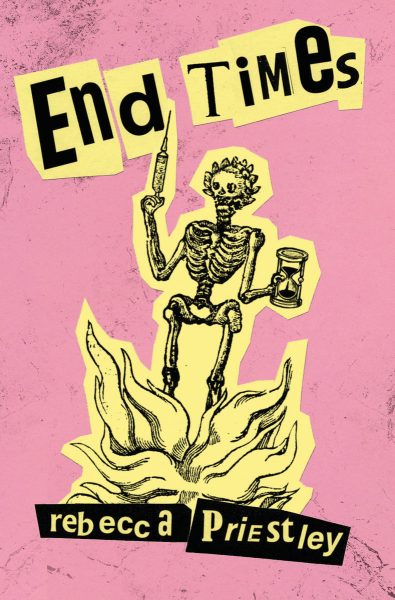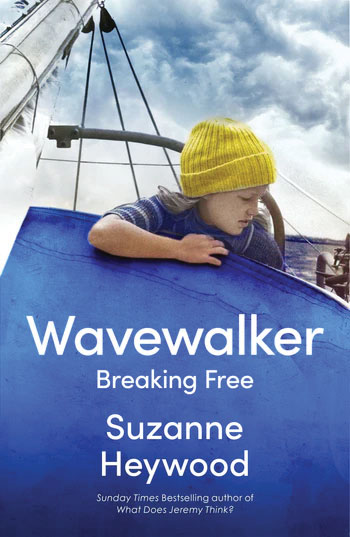A history consumed by calves
The First: The Walsh Brothers and the Aeroplane Days of Edwardian New Zealand
Terry Moyle
New Holland, $49.99

A mid-size rock sits in the middle of an empty, featureless park in the backstreets of Takanini. It’s bordered on three sides by townhouses. Tongan flags fly in the window of one. Fairy lights hang on the ranchslider of another. On an adjacent road, a truck driver lies asleep in his cab.
The inscription on the rock says history was made here. On February 5, 1911, two brothers woke up nearby, drank tea, and took a few puffs of their tobacco pipes. They wandered over to a biplane they’d built over the course of six months using parts imported from the UK. The plane, dubbed Manurewa, was a kitset design marketed by the British inventor Howard Wright. Leo got its propeller going. His brother Vivian sat in the cockpit. After running the engine and rolling the plane for 30 minutes, they made a spur-of-the-moment decision to chance a take-off. On that still, summer morning, the brothers made New Zealand’s first aeroplane flight.
 Vivian Walsh in the cockpit of Manurewa, with his sister Doreen and the Walsh family dog Spot at left, and his brother Leo, in white at the rear.
Vivian Walsh in the cockpit of Manurewa, with his sister Doreen and the Walsh family dog Spot at left, and his brother Leo, in white at the rear.
Or did they? The Walsh brothers’ achievements have been shrouded in confusion and conflicting accounts for the better part of 120 years. There’s a shortage of sources on their deeds, especially when compared to more famed, media-savvy early aviators like the Wright brothers in the US. The Walshes never married and have no living descendants. No journalists were present at their unplanned February 5 flight. The narrative above has been pieced together from a range of later accounts by Terry Moyle, who authored the 2019 history The First.
But it’s not the only version of the story. Others have put the flight at different dates, or sequenced the events surrounding it in different orders. They’ve mixed up or misinterpreted photo captions and placed people at events and locations where they never appeared.
The confusion is partly due to an embarrassment at the heart of the story. Just days after it took off for the country’s first flight, the Walshes’ plane somersaulted and smashed into the ground after one of its skids caught on the Takanini turf during a test run.
Parts of its frame snapped. The bolts holding its cockpit in place were dislodged. Somewhat miraculously, Vivian Walsh was able to crawl from the wreck with a minor knee injury. But the plane—and the brothers’ pride—was still in jeopardy. The pair left Manurewa where it was, planning to collect it in the morning and transport it back to Auckland for repairs. When they returned, they found its sago-coated fabric wings had been trampled and partially consumed overnight by hungry calves.
Moyle believes the brothers were mortified by the mishap. New Zealand prime minister Joseph Ward had christened Manurewa only two weeks earlier, and the racehorse breeder William Walters, who owned the bovine horde, had generously agreed to let them use his property. Fearing media mockery, Moyle says, they likely swore an oath of secrecy. “Of course that was a horror story,” he says. “So they did what all good public relations people do: kept quiet.”

Instead, the brothers quietly set about fixing their problems, embarking on the difficult task of rebuilding their entire kitset plane virtually from scratch in a matter of weeks. The first mention of the calves’ actions came 30 years after their first flight, in the book Wingspread, by Leo White, which describes the animals descending on the plane as if it were “manna from heaven”. By then, the damage had been done. The Walshes’ decision to stay tight-lipped about the calves’ midnight snack sent confusion rippling out across the decades.
In a lengthy section of The First, titled ‘The Manurewa Error’, Moyle details a series of mistakes stemming from the calf banquet and subsequent cover-up. The Walshes dubbed their remodelled, post-crash plane Manurewa #1 and debuted it in a series of public demonstrations beginning in late March 1911. Soon after, misinformation began to disseminate. In a photo caption, the Auckland Weekly News referred to the rebuilt plane as the one that made New Zealand’s first flight, despite Manurewa #1 being substantially heavier than the original Manurewa, and its skids having been raised to stop them catching on uneven ground. Future historians would compound the error, interpreting photos of Manurewa #1 to be of Manurewa, and coming up with an inaccurate timeline where the original plane was wrecked in late March.
In 2013, the aviation historian Errol Martyn spotted the difference between Manurewa and Manurewa #1 and came up with a theory to explain the discrepancy, saying the brothers had constructed two planes and crashed one of them in January 1911. He posits February 9 as the true date of the Walsh brothers’ first flight—an idea Moyle devotes three full pages to debunking.
These blurred, sometimes contradictory, histories are typical of New Zealand’s pioneer aviators. For a few, this has added to their mythos. The Canterbury farmer Richard Pearse has been the subject of decades of semi-conspiratorial theorising over his sparsely documented attempts to achieve powered flight in the early years of the 20th century. Some still believe he may have beaten the Wright brothers into the skies, despite Pearse himself conceding in writing that he didn’t.

For the Walshes, though, the lack of a firm historical record has likely diminished their stature in the eyes of the public. Not only did the brothers achieve Aotearoa’s first flight, they built planes alongside Vernon ‘Jack’ Roberts, the first Māori to work in the aviation industry, and went on to found a flying school. Richard Waugh, an aviation historian, sees the Walshes as a local version of the Wright brothers. The parallels are striking: both sets of siblings were bachelors and engineering obsessives who devoted their lives to flying. “That flight in 1911 is the Wright Brothers equivalent here in New Zealand, and should be recognised,” Waugh says. “The aviation industry is massive both domestically and internationally for New Zealand, and you’re able to trace it back to this little aircraft hopping along the ground, in Takanini, on a farm.”
The First is Moyle’s attempt to untangle a cloudy history and dole out credit in the amount it’s due. It draws together hundreds of disparate sources and wrenches them into a plausible history. The effort has won praise from Waugh, who says The First is an impressive account.
Martyn still has his qualms with the book. He says it needs an editor. What’s more, it doesn’t define the criteria for successful ‘flight’, such as whether a controlled landing has been made. Neither does it grapple with the stories of other potential pioneer aviators, including Herbert Pither, who told a friendly journalist he’d flown a homemade plane along Ōreti Beach in Southland in 1910.
But even Martyn concedes Moyle’s timeline is convincing. On February 5, 1911, Vivian and Leo Walsh carried out Aotearoa’s first documented flight. Their plane was later wrecked, and then eaten by calves, before being rebuilt, and flown again with mixed success late the following month.
Those facts were compromised by hungry animals and mollified silence. Now, the once-remote, grassy south Auckland field where the story took place risks being consumed by Auckland’s relentless urban expansion. But history is the art of holding onto the truth before it disappears into the mists of apathy, unreliable memory, and townhouse development. The Walshes’ achievements may have been lost into that ether. Thanks to The First, they now have a place in the firmament.

















